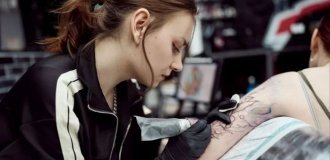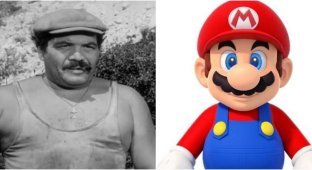They often say about an unattractive person: “He should act in horror films without makeup.” This character is a vivid and clear example of such an ability. 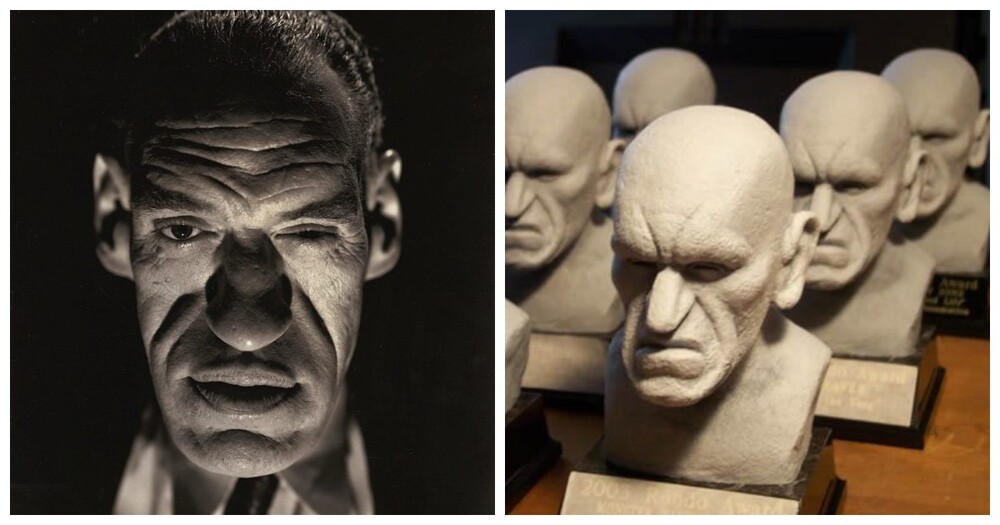
Rondo Hutton was born in Hagerstown, Maryland, on April 22, 1894, into a family of Missouri teachers. Rondo spent much of his youth traveling around the East Coast of the United States with his parents. When the guy's father died, his mother finally settled in Tampa. 
Rondo was a handsome guy when he was young.
As a teenager, teachers considered Rondo not only a smart young man, but also quite attractive. He was so handsome that he once even won the title of the most handsome student in the school. After graduation, Rondo became a sports columnist for the local Tampa Tribune newspaper and remained a journalist until the end of World War I. Then his fate changed. 
Soon after the war, Rondo's pleasant features began to change. At first the changes were barely noticeable, just swollen eyes. But an alarmed Rondo quickly sought a diagnosis. Eventually, he was diagnosed with a rather rare pituitary gland disorder known as acromegaly. 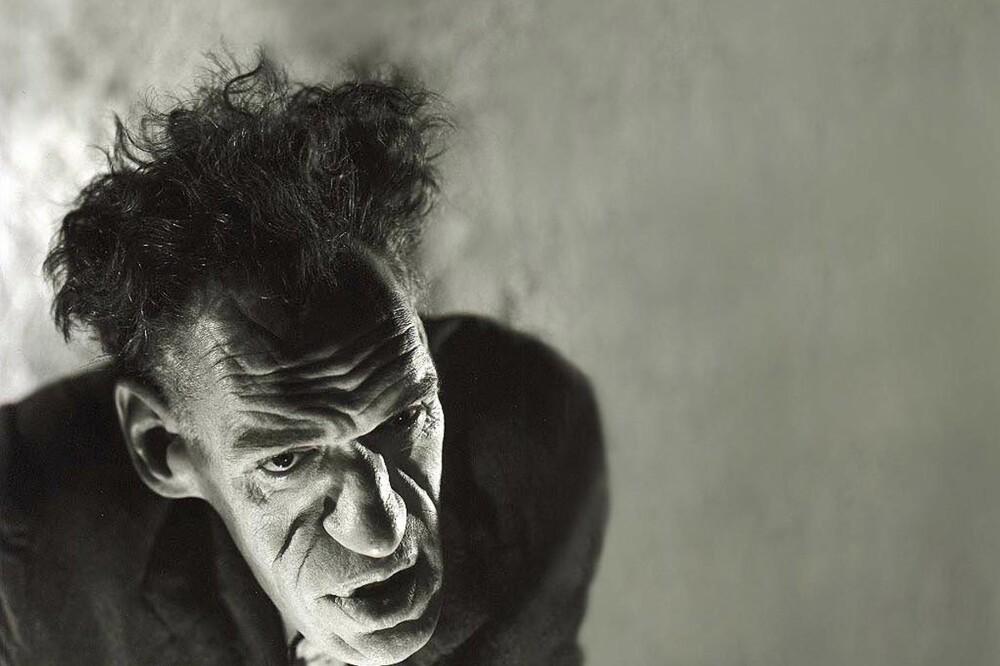
Symptoms of acromegaly usually develop in adulthood. Hutton's head, face and limbs gradually but steadily became more bulging and disfigured. Rondo was understandably very sad about his situation. Continuing to work, the man fell into depression, and those close to him were worried that his nerves were so shaken that he could become dangerous to himself. But in 1930, during the filming of the film Hell's Haven, his fate changed again. 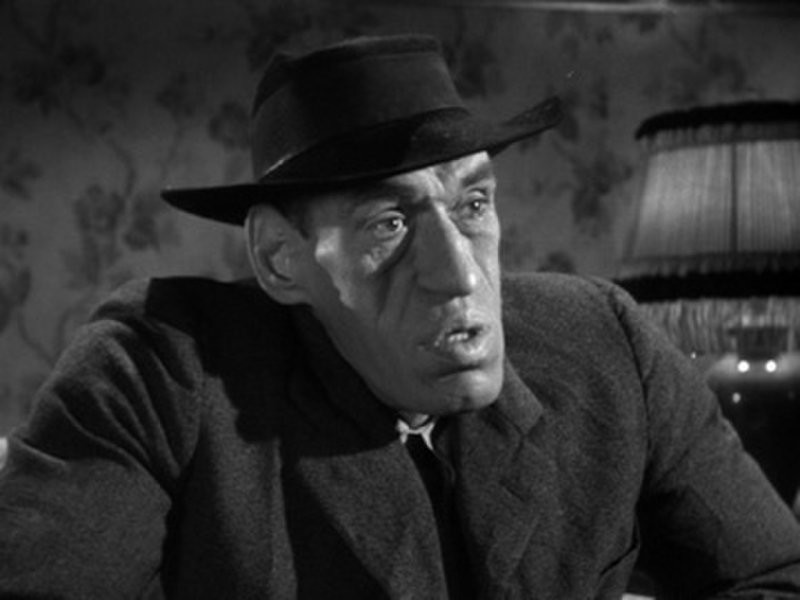
Director Henry King noticed Rondo Hatton and immediately invited him to play the role. During filming, Rondo was amazed that he was praised for his unique physical attributes, and was incredibly touched and flattered by the attention. Rondo decided that he could use his ugly face to make an acting career, and quickly moved to Hollywood. 
Throughout much of the 1930s, Rondo played supporting roles in films. Until the mid-1940s, his acting career was almost entirely limited to roles in silent films. His unique appearance continued to attract the attention of studio executives, and in 1944, at the height of his physical deformity, he signed a contract with Universal Studios. 
Still from the movie "House of Horrors"
The actor first starred for the studio in the Sherlock Holmes film The Pearl of Death, again playing a silent villain named Hoxton Creeper. Rondo didn't expect much from this role, since he's done something similar many times before. However, those roles were minor, and the Creeper was not. The public accepted the character with delight and demanded to see the unconventional Rondo again. 
Still from the film "The Pearl of Death"
Universal has thrown its weight behind Rondo Hatton and launched an impressive campaign to promote its latest movie monster. Interest intensified when the press reported that Rondo's deformity was caused by wartime exposure to mustard gas. Over the next year and a half, Rondo Hatton played supporting roles in three Universal films similar to The Creeper. In the last film, "The Rude Man", Rondo played the main role. The plot of the film was semi-biographical as the story revolved around a handsome college athlete who was scarred in an accident and turned into a monster. 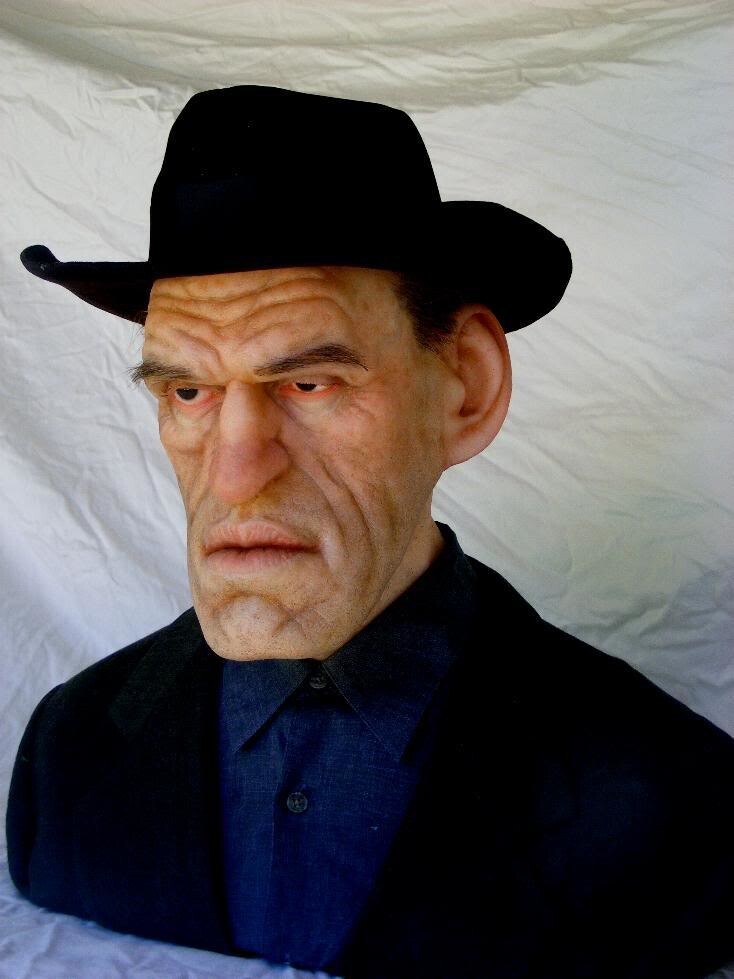
Rondo Hatton died on February 2, 1946, almost eight months before the release of his last film, due to heart problems caused by acromegaly. 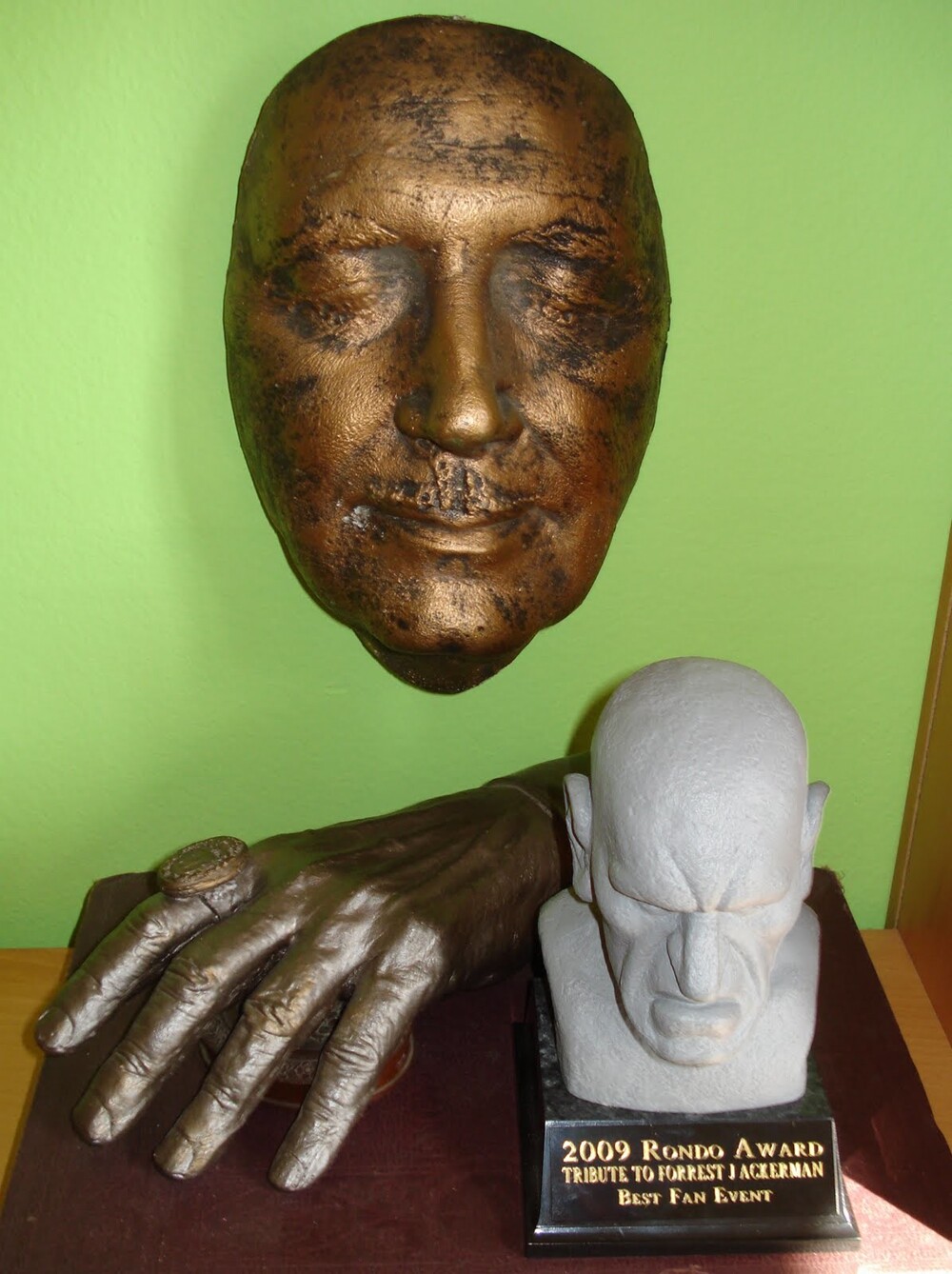
Interestingly, Rondo's death did not diminish his fame. In fact, its popularity reached its greatest heights in the 1960s and 1970s, whenThe intense interest in classic monsters from Universal horror films led numerous film fans to Hutton's work. Rondo's unique look has almost become iconic. 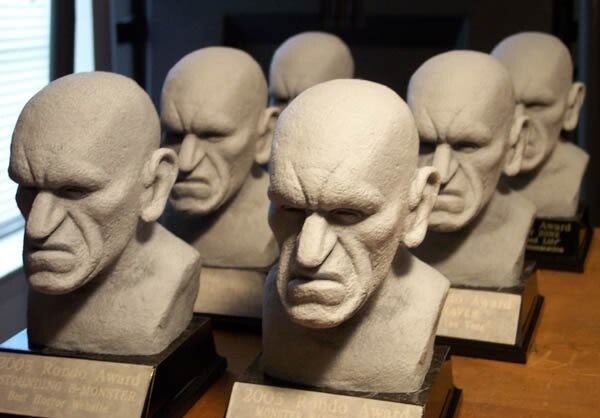
The Rondo Hatton Classic Horror Awards
The iconic face of Rondo Hatton lives on in movies, comics, and pop culture. In addition, The Rondo Hatton Classic Horror Awards are not only named after the actor, but also created in his image. The figurine is a cast bust of Hutton's exceptional facial features.
Add your comment
You might be interested in:


